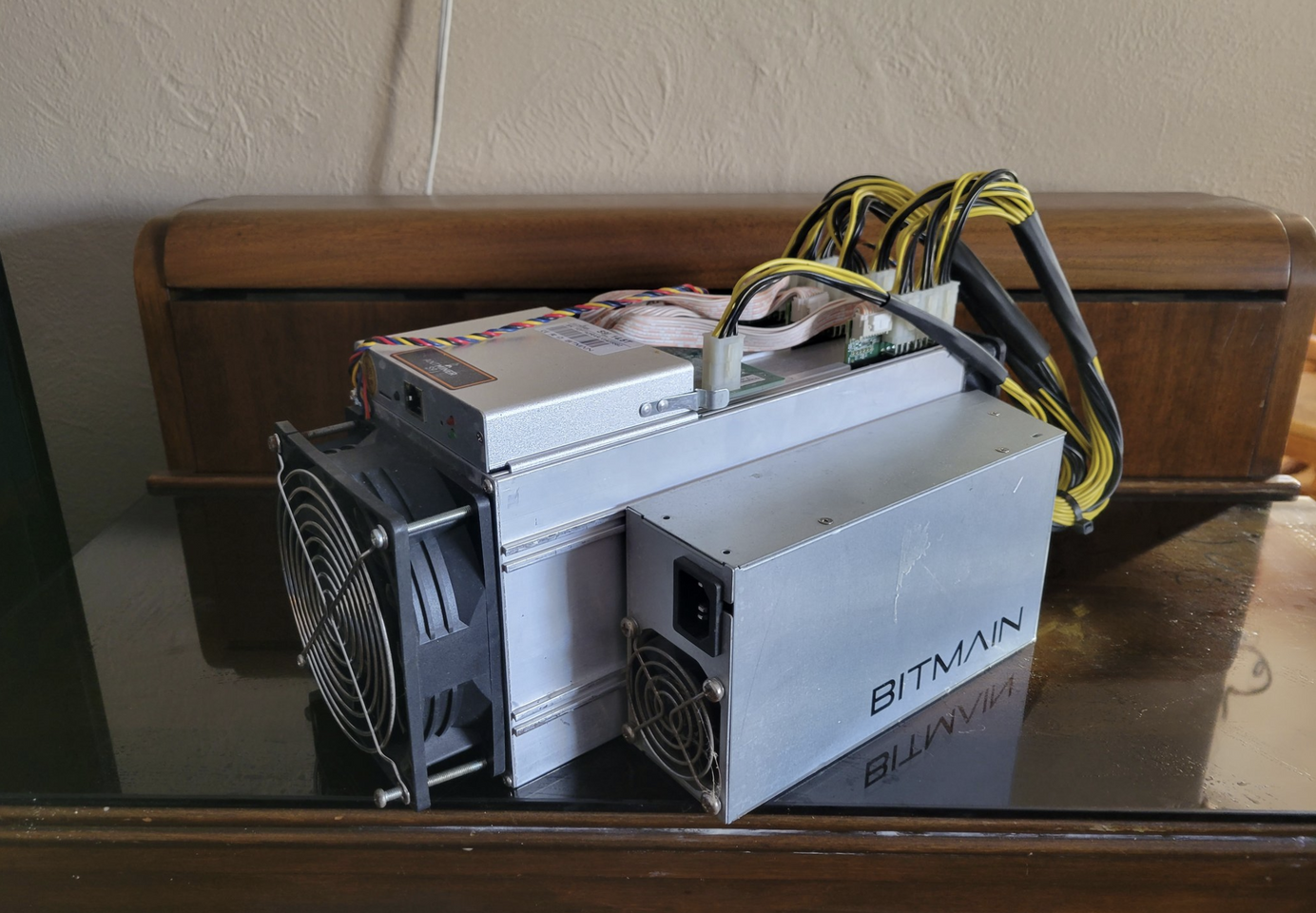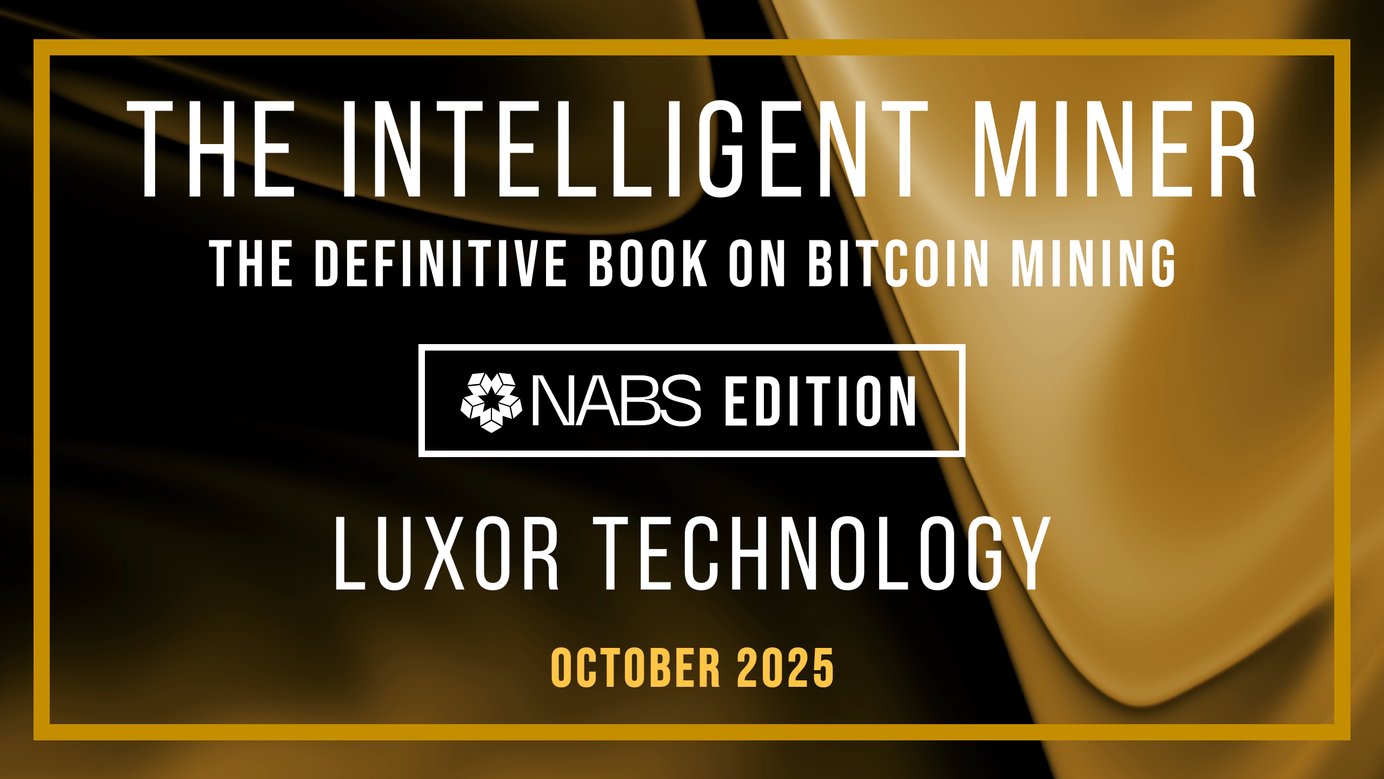
Power to the Plebs: Hedging Your Bitcoin Mining Expenses and Risks With a Bitcoin ETF Covered Call
At-home bitcoin miners don't have access to cheap electricity, but this Bitcoin ETF covered call strategy can help them offset costs.
Pleb mining (that is, mining bitcoin as and amateur hobbyists or as a side gig) has become extremely popular. Bitcoin mining economics have improved tremendously since the bitcoin network experienced its third halving on May 11, 2020.
As many noob miners piled into mining in 2021, they likely were not aware of the terrible mining economics of yesteryear; for the better half of 2020, Bitcoin’s hashprice was under $0.10/TH/day.
From 2018 to early 2019, bitcoin miners experienced jaw-dropping difficulty increases across as massive, industrial-sized mining facilities came online around the world. At the outset of 2018, Bitcoin’s price started to decline into a deep, prolonged bear market. Bitcoin miners experienced the worst mining economics of the ASIC mining era during this period.
In the depths of this crypto winter, miners saw their delicious, 80%-or-better bull market mining margins quickly dissolve into stomach-churning negative margins.
In order to hedge such downside risk, in this guide, we’ll lay out a bitcoin ETF covered call strategy that bitcoin miners can use to offset their electricity cost. But before we get to the strategy, to show you why it is necessary, let’s look at some mining economics from 2018’s legendary bear market.
Bitcoin Mining With an Antminer S9 in 2018 vs. an Antminer S19 in 2021
The full calendar year in 2018 was brutal for pleb bitcoin miners operating on $0.06/kWh or greater power costs. The value of their mining rigs dropped dramatically, while mining profitability dropped even harder. Mining margins were negative for many with higher residential power costs. S9s sold for over $2000 USD at the start of 2018, but they were selling for barely $300 by year-end.
Fast forward to 2021, mining on an S19 Pro with $0.06/kWh cost was a completely different experience. Mining margins sustained 80% or greater for the entire year. Pleb miners experienced a full year of the best mining margins since 2016/2017.
You might be wondering why we’re comparing bear market mining returns to bull market mining returns. The purpose is to offer perspective. 2021 was a lucrative year, but what if 2022 turns out to be like 2018? What strategies exist for pleb miners to hedge their operations?
How to Hedge Against A Bitcoin Mining Bear Market
Indeed, in 2021, pleb miners may have experienced the best mining margins since the 2017 bull run, but in 2022, the tables have started to turn bearish. Any seasoned Bitcoin miner knows low-cost power saves your skin during poor mining economic events, but cheap power is hard to come by for most pleb and at-home bitcoin miners.
Most pleb bitcoin miners have the following goals in mind when setting up their bitcoin mining operations:
- Accumulate as much bitcoin as possible at lower than market prices
- Build a non-KYC bitcoin stash at reasonable costs
- Leverage bitcoin mining to create a passive income source
Some challenges facing pleb bitcoin miners:
- Earn income that consistently exceeds their operating expenses (residential power costs)
- Longer time horizon for returns on investment since plebs pay higher costs for mining rigs versus industrial players
Since access to low cost power is not typically an option for these miners, plebs need a tool to hedge their operating expenses during tough times.
Enter the concept of using your Bitcoin stack to earn monthly income to cover some or all of your operational costs. We will discuss in detail an option strategy that earns monthly income on an underlying Bitcoin spot ETF. The specific strategy discussed is a “covered call” option strategy.
What is a Covered Call Option?
A covered call gives you the option to earn income (“premium,” in finance parlance) by selling a call option on your bitcoin holdings. In our case, you will sell a covered call against a spot Bitcoin ETF to another investor. By selling the call option, you give the buyer the option to buy your underlying Bitcoin ETF at a specific price in the future, at a set expiration date. The strategy is mildly bullish for near-term upside in Bitcoin price.
A covered call provides passive income similar to rent. For example, if you own a house worth $500K, let’s say you rent it out for $3,000 a month. That rental income generates $36,000 each year. No matter what the housing market is doing, that rental income comes in each month. The rental income pays for property taxes, utility bills, and the house's mortgage.
Translating the analogy into our situation, the Bitcoin ETF is the house, and the premium your covered calls generate is the rental income.
Why should a pleb miner consider a covered call option on their bitcoin holdings?
1. Hedge downside risk with your long-term bitcoin holdings. In a bearish market, a covered call will outperform the equivalent long position you have in Bitcoin.
2. Earn income on your Bitcoin holdings. By receiving the equivalent of rental income on your long-term Bitcoin holdings, you are able to allocate the extra dollars for other uses. For example, you can use the money to subsidize power costs on your existing Bitcoin mining fleet. If you pay a high residential power rate, you could reduce that cost significantly.
How Do You Implement the Bitcoin Covered Call Strategy?
In order to execute the covered call strategy, you will need access to a discount stock brokerage account that allows you to own a spot Bitcoin ETF.
Before we go into the details of setting up a covered call strategy, there are some prerequisites to consider in order to implement the strategy. Before you start, you should:
- Own and operate Bitcoin mining fleet
- Desire to reduce your power costs month-to-month using financial instruments
- Seek out licensed financial advice prior to running the strategy
- Have the ability to set aside predetermined amount of cash/capital to start the covered call strategy
- Have access to a discount brokerage investment account with the ability to write covered calls
- Have access to a stock exchange in your local jurisdiction that gives you access to a spot Bitcoin ETF (Canadians and Europeans have access to domestic Bitcoin ETFs/ETPs, but US citizens do not have easy, readily available access to a spot bitcoin ETF).
In our example, we have $20,000 of capital to spend on setting up our mining operation and investment account.
First, we purchase one Antminer S19j for $10,000 and place $10,000 of capital into the investment portfolio with our discount broker. We will target a portfolio allocation of 80% Bitcoin ETF and 20% cash. We use the cash to cover our trading costs, the assignment fee on the option, or rebalance to our 80/20 portfolio weighting (the assignment cost is an administrative fee your discount broker may charge to deliver your shares or ETF funds if assigned at expiration).
Bitcoin ETF Covered Call Option Profit Potential
The profit from a Bitcoin ETF covered call can come from two sources: The premium received when the call option is written; OR capital appreciation in the Bitcoin ETF position
To see this in action, let’s look at a quick example:
- Galaxy Digital Bitcoin ETF Price: $7.00
- Pleb Miner owns 1,200 shares of BTCX.B spot Bitcoin ETF
- Goal: Cover some or all of the $160/month costs for a S19J 100 TH miner hashing at a $0.06/kWh power price
1. February 18th, 2022 is the expiration date of the option.
2. The strike price is 10% higher than the current market price of the Bitcoin ETF.
3. Set $7.75 strike price for the Galaxy Digital ETF call option
4. Sell 10 contracts for $0.15 per contract worth a total value of $150 dollars.
Note: (Each option contract represents 100 shares of the underlying stock)
Result: The pleb miner has received gross call option income of $150. Assuming a broker commissions of $20, the net covered call premium is $130. So if they use this income to offset their power price, their bitcoin mining operational costs have now been reduced from $160 to $30 per month!
By repeating the covered call strategy every 30 days, pleb miners can reduce operating expenses immensely, giving them the ability to weather another crypto winter. An added benefit is that your mined sats are kept in cold storage for as long as possible.
Some Considerations on Covered Call Strategy
Be mindful that if you have a strongly bullish view of Bitcoin (or, by extension, bitcoin is in a bull market), writing a covered call may not make sense. As Bitcoin rises quickly to new highs, it may be better to simply take some profit versus holding a covered call.
A large decline in the underlying Bitcoin price could cause large losses because the downside protection is limited to the premium received. Going back to the home analogy, are you going to sell your house which generates rental income in a down market? The answer should be no. You are holding onto the house as a long-term investment earning rental income.
The same applies with covered call strategy with your Bitcoin ETF holdings. Stay long Bitcoin ETF while you earn rental income from the covered call strategy.
What Happens If You Are Assigned the Call Option at Expiration?
An investor that gets assigned on the call option means they have achieved maximum profit potential on their covered call. A key negative side to being assigned is that Bitcoin’s price could surge shortly before your call option expires.
Investors can use the rolling up-and-out approach by buying the nearly-expired call option and selling another call option with a later expiration date at a higher strike price. The reason you’d buy your existing covered call is to capture future rises in Bitcoin’s price and to avoid being assigned delivering your existing Bitcoin ETF shares at the strike price.
Final Thoughts
By using the covered call strategy, you have in essence created a strategy that places your operating costs within the same echelon as large-scale miners. Some additional benefits to the strategy are longer holding periods for your mined bitcoin. As a pleb miner, with this option, you are far more armored to withstand future downsides in mining economics.
Disclosure: This author uses the above strategy to manage mining fleet operational risks. This article is not financial advice. If you choose to consider using these types of strategies personally or for your business, please talk to a licensed financial advisor.
Hashrate Index Newsletter
Join the newsletter to receive the latest updates in your inbox.








